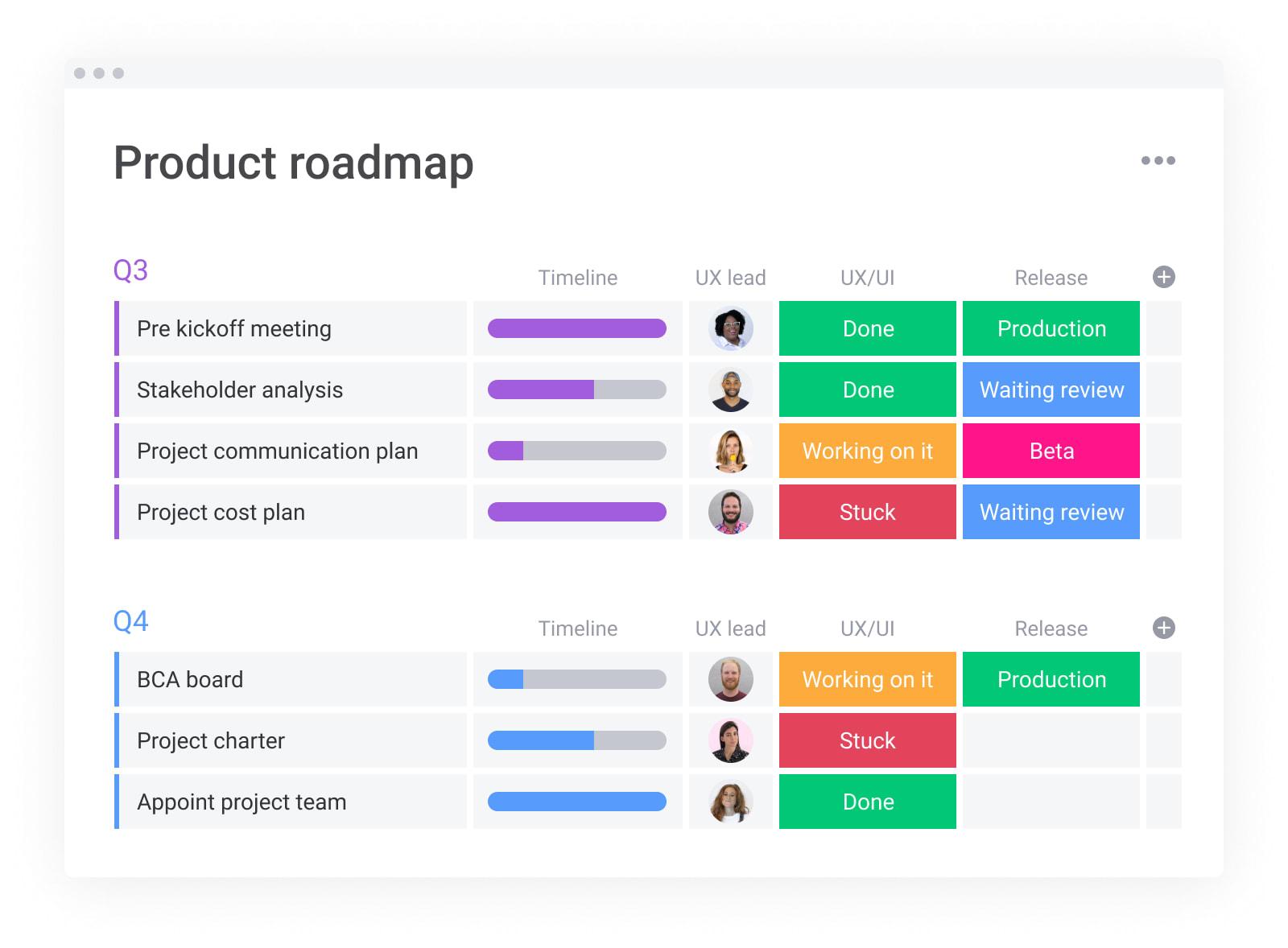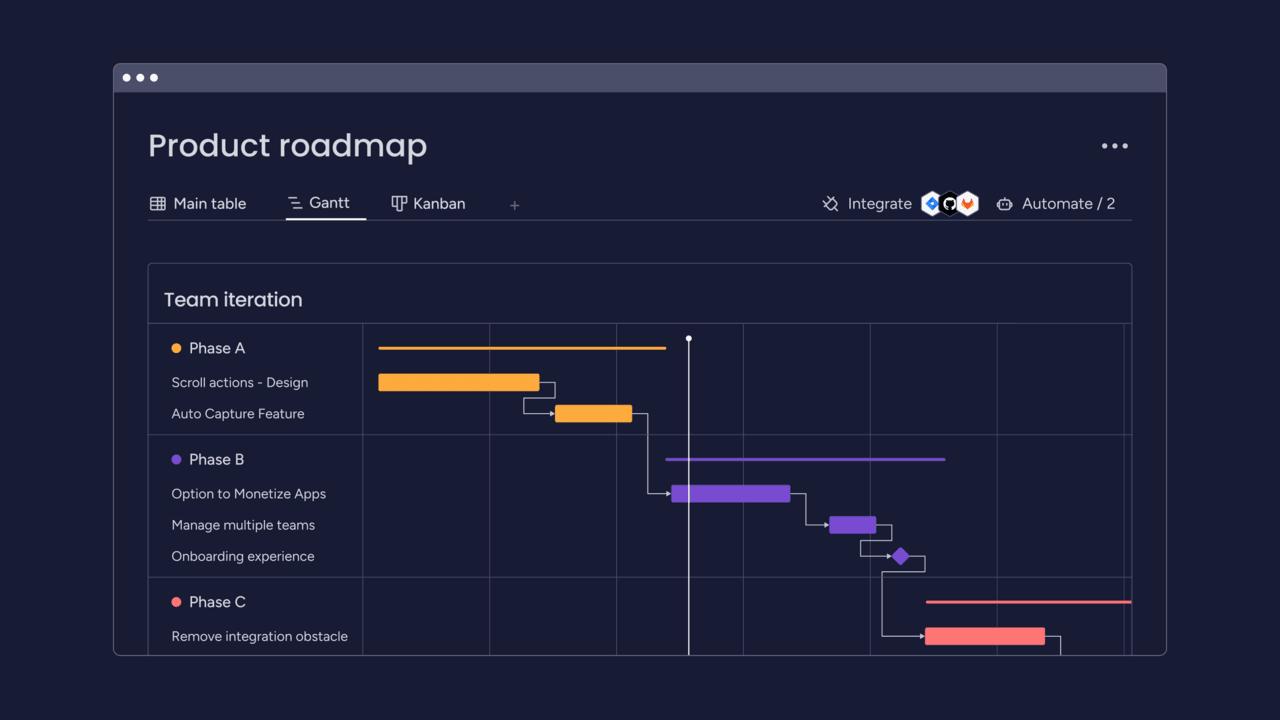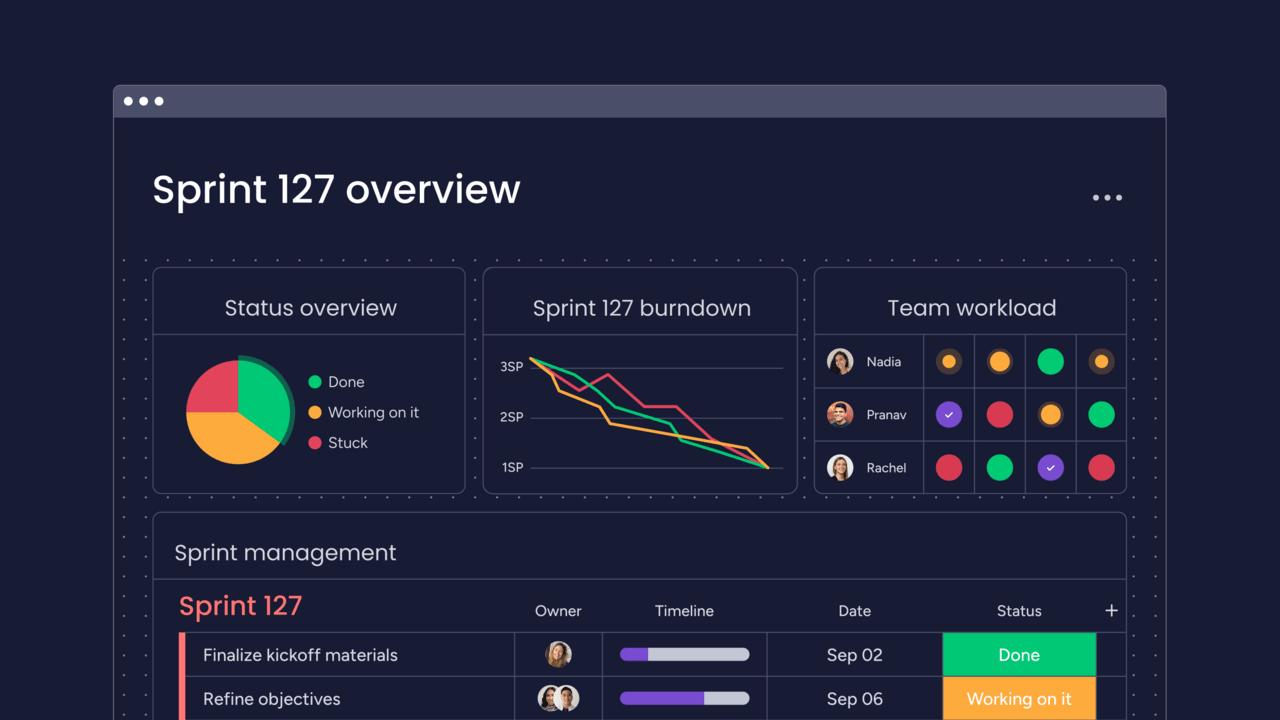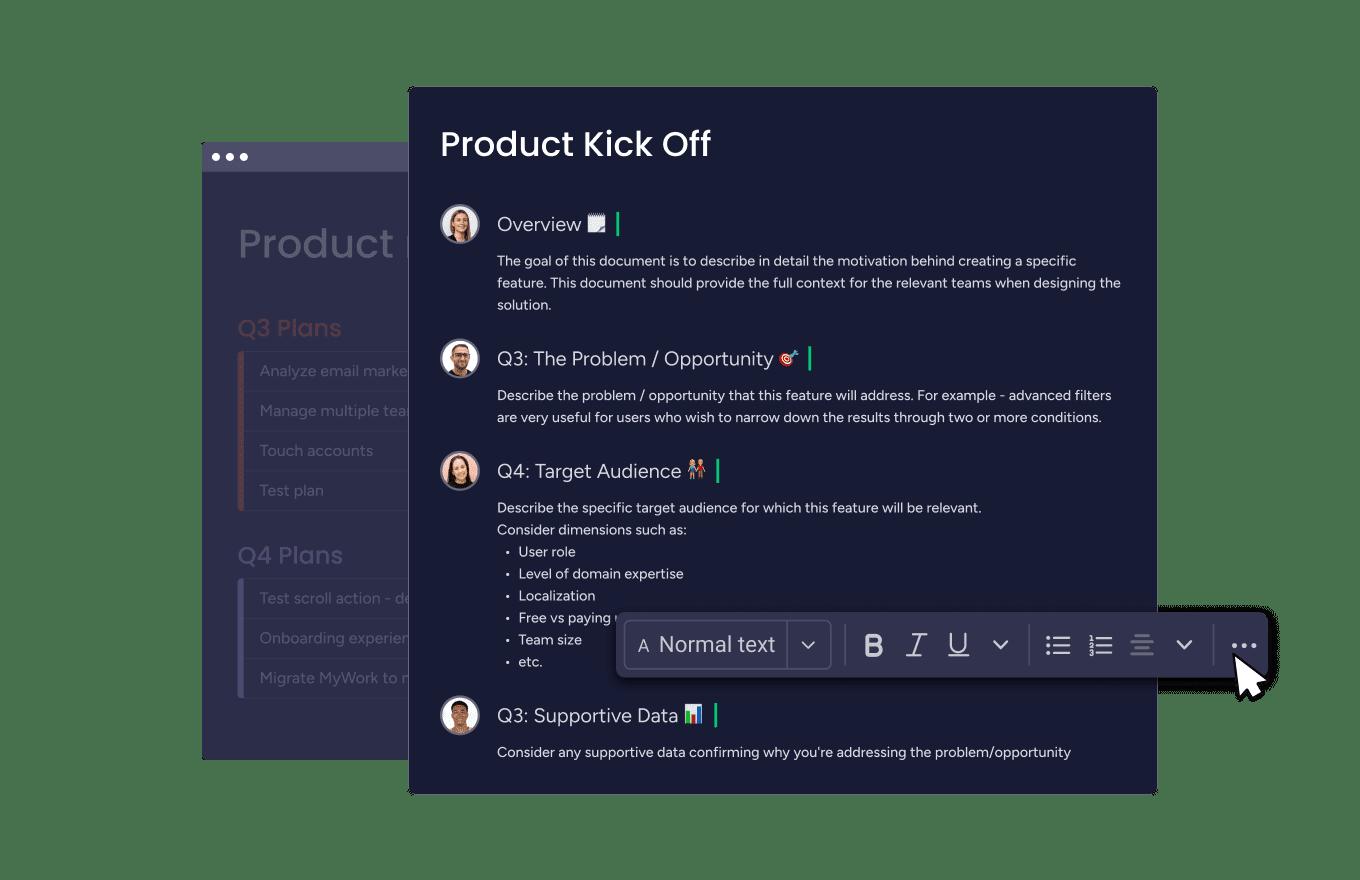📚 Unlock the World of AI and Humanity with These Two Free Books! 🚀
Dive into the thrilling realms of artificial intelligence and humanity with "The ECHO Conundrum" and "Awakening: Machines Dream of Being Human". These thought-provoking novels are FREE this week! Don't miss the chance to explore stories that challenge the boundaries of technology and what it means to be human.
Read More & Download
Agile project management is a dynamic and iterative approach to managing projects, prioritizing flexibility, collaboration, and customer satisfaction. Unlike traditional methods like Waterfall, Agile emphasizes adaptability and responsiveness to change throughout the project lifecycle. This comprehensive guide delves into the core principles, benefits, and methodologies of Agile project management, providing you with the knowledge to implement this powerful approach in your projects.
Understanding Agile Project Management
Agile project management breaks down projects into smaller, manageable iterations called sprints. These sprints allow teams to work on different project stages concurrently, enabling rapid feedback, continuous improvement, and quick adaptation to evolving requirements.
Agile vs. Waterfall: A Comparison
The key difference between Agile and Waterfall lies in their approach to project execution. Waterfall follows a linear, sequential process, while Agile embraces an iterative, cyclical approach. This table highlights the core distinctions:
| Feature | Agile | Waterfall |
|---|---|---|
| Approach | Iterative, cyclical | Linear, sequential |
| Flexibility | High, adapts to change | Low, rigid structure |
| Customer Involvement | Continuous, integrated | Limited, primarily at the beginning and end |
| Delivery | Incremental, frequent releases | Single, final delivery |
| Risk Management | Continuous, addressed throughout the project | Primarily upfront planning |
Agile in Action: A Real-World Example
Imagine developing a mobile app using Agile. Each sprint might focus on a specific feature, such as user login, profile creation, or in-app messaging. The team would design, develop, test, and gather feedback on each feature within the sprint timeframe. This iterative process allows for continuous improvement and ensures the final product aligns with user needs.
Core Values and Principles of Agile
Four core values underpin Agile project management:
- Individuals and interactions over processes and tools: Emphasizes the importance of teamwork and communication.
- Working software over comprehensive documentation: Prioritizes delivering functional software over extensive documentation.
- Customer collaboration over contract negotiation: Focuses on building strong relationships with customers and incorporating their feedback.
- Responding to change over following a plan: Embraces flexibility and adaptability to changing project requirements.
These values translate into twelve guiding principles, emphasizing customer satisfaction, welcoming change, frequent delivery, collaboration, motivated teams, face-to-face communication, working software as a measure of progress, sustainable development, technical excellence, simplicity, self-organizing teams, and regular reflection and adjustment.
Is Agile Right for Your Project?
Agile excels in projects with evolving requirements, complex functionalities, and a need for frequent customer feedback. It is less suitable for projects with fixed requirements, strict regulatory constraints, or highly interdependent tasks where sequential execution is essential.
Consider Agile if your project:
- Involves unpredictable or frequently changing requirements
- Is complex and requires iterative development
- Needs frequent stakeholder feedback
- Has a high degree of risk or uncertainty
- Focuses on delivering value incrementally
Exploring Agile Methodologies
While Scrum is the most widely adopted Agile framework, various methodologies exist, each with its own strengths and applications.
1. Scrum
Scrum emphasizes iterative development within time-boxed sprints, typically lasting 1-4 weeks. Scrum teams consist of a Product Owner, Scrum Master, and Development Team. The Product Owner defines the product backlog, the Scrum Master facilitates the process, and the Development Team builds the product.
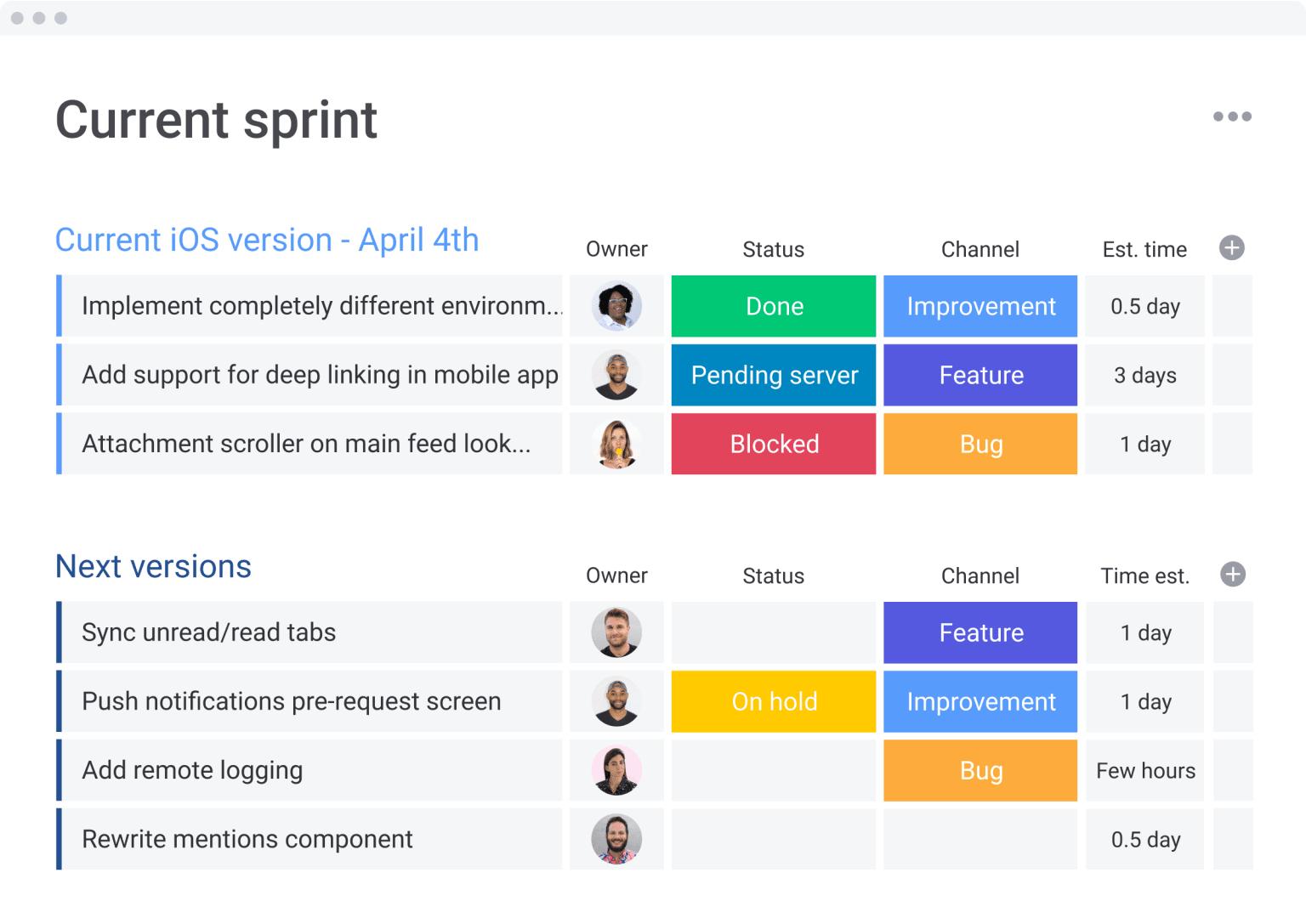 A Scrum board visualizing tasks in different stages of a sprint.
A Scrum board visualizing tasks in different stages of a sprint.
2. Kanban
Kanban visualizes workflow using a Kanban board, tracking work items through different stages. This visual approach promotes transparency and helps identify bottlenecks. Unlike Scrum, Kanban does not have fixed-length iterations.
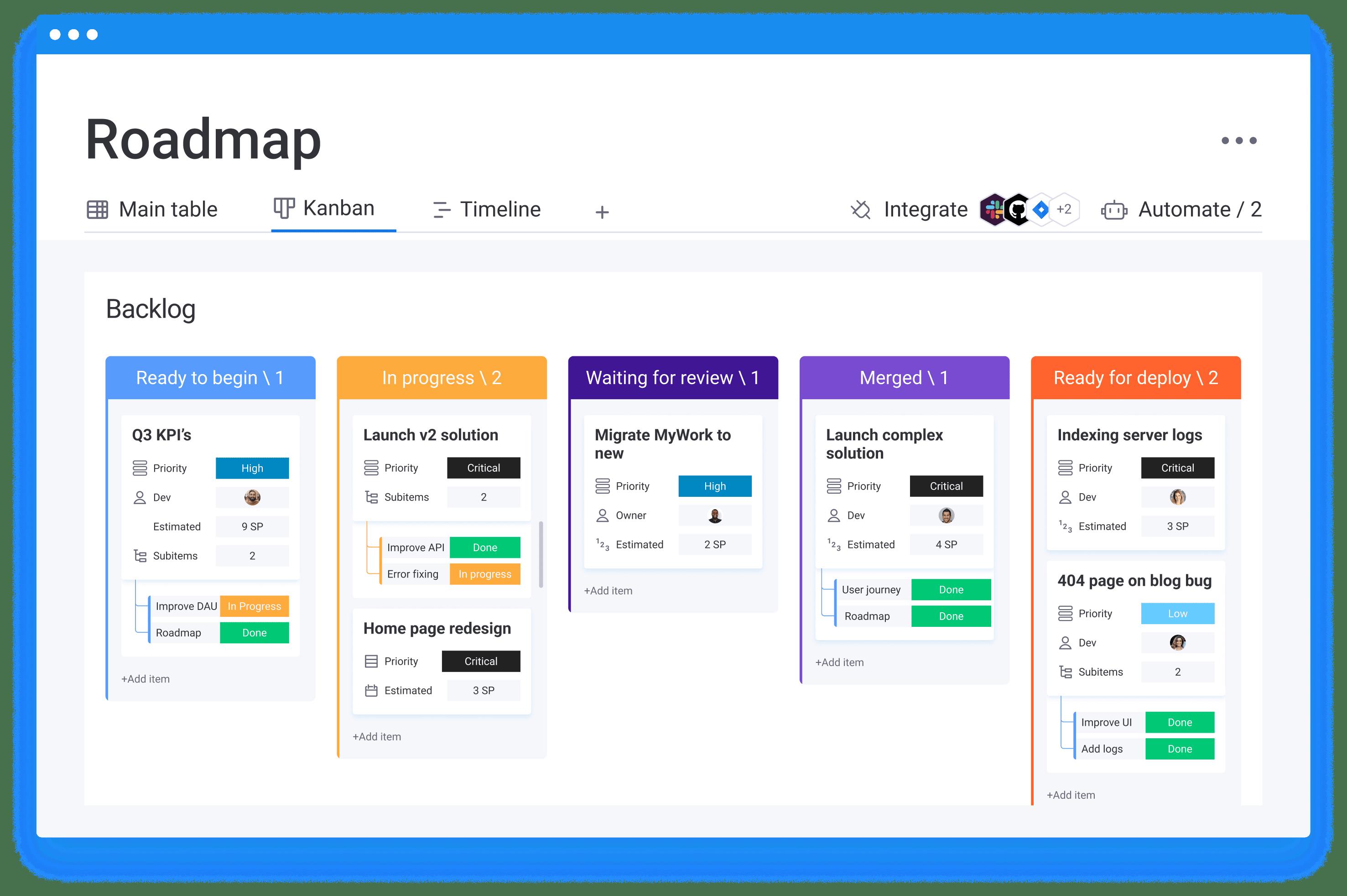 A Kanban board illustrating the flow of work items.
A Kanban board illustrating the flow of work items.
3. Extreme Programming (XP)
XP focuses on technical excellence and customer satisfaction in software development. It emphasizes practices like pair programming, test-driven development, and continuous integration.
4. Feature-Driven Development (FDD)
FDD is suitable for large-scale software projects with evolving requirements. It emphasizes short iterations focused on delivering specific features.
5. Lean Project Management
Lean focuses on minimizing waste and maximizing value. It adapts principles from lean manufacturing to project management, emphasizing continuous improvement and customer focus.
6. Adaptive Software Development (ASD)
ASD is designed for rapidly changing environments, embracing continuous adaptation and learning. It emphasizes collaboration, experimentation, and feedback loops.
Benefits of Agile Project Management
Adopting Agile offers numerous advantages:
- Increased customer satisfaction: Frequent feedback and iterative delivery ensure alignment with customer needs.
- Enhanced flexibility and adaptability: Agile readily accommodates changing requirements.
- Improved collaboration and communication: Frequent interactions and transparency foster teamwork.
- Efficient resource utilization: Iterative development minimizes wasted effort.
- Faster time to market: Incremental delivery allows for quicker releases.
Implementing Agile with Tools and Techniques
Various tools and techniques support Agile implementation:
Project management software: Platforms like monday.com offer features for sprint planning, task management, and progress tracking.
 A project roadmap in monday.com for visualizing project timelines and milestones.
A project roadmap in monday.com for visualizing project timelines and milestones.Collaboration tools: Tools like Slack and Microsoft Teams facilitate communication and information sharing within Agile teams.
Visualization tools: Kanban boards and burndown charts provide visual representations of project progress.
Agile Project Management Responsibilities
Agile project managers play a crucial role in facilitating the Agile process. Their key responsibilities include:
Agile project estimating: Breaking down projects into tasks and estimating effort using story points or other methods.
 An example of Agile project management, this image displays a project roadmap mapping out
An example of Agile project management, this image displays a project roadmap mapping outAgile reporting: Tracking and communicating project progress through reports and dashboards.
 An example of an Agile project management dashboard in monday dev. This shows a sprint overview representing different types of graphs and charts to show data.
An example of an Agile project management dashboard in monday dev. This shows a sprint overview representing different types of graphs and charts to show data.Stakeholder communication: Ensuring clear and consistent communication with stakeholders throughout the project lifecycle.
 An example of how a team using Agile project management might effectively communicate through a product kickoff document. The document shows the outline of a project kickoff including the overview, probelm/ opportunity, target audience, and supportive data. Different stakeholders are collaborating on this document.
An example of how a team using Agile project management might effectively communicate through a product kickoff document. The document shows the outline of a project kickoff including the overview, probelm/ opportunity, target audience, and supportive data. Different stakeholders are collaborating on this document.
Conclusion
Agile project management empowers teams to deliver high-quality projects efficiently by embracing flexibility, collaboration, and continuous improvement. By understanding the core principles, methodologies, and benefits of Agile, you can effectively implement this powerful approach to achieve project success in today’s dynamic environment.
Agile Project Management FAQ
What are the typical phases of an Agile project?
While the specific phases depend on the chosen methodology, most Agile projects encompass:
- Concept: Defining the project idea and objectives.
- Inception: Initial planning and team formation.
- Iteration: Iterative development and testing.
- Release: Deploying increments of working software.
- Production: Ongoing maintenance and support.
- Retirement: Project closure and documentation.
What types of projects benefit most from Agile?
Agile is best suited for projects with evolving requirements, complex functionalities, a need for frequent customer feedback, and a high degree of uncertainty. Software development, marketing campaigns, and product development are prime examples.
What are some potential drawbacks of Agile?
Agile may not be ideal for projects with fixed requirements, strict regulatory constraints, highly interdependent tasks requiring sequential execution, or limited customer involvement. It can also require significant cultural shifts and team training for successful adoption.


